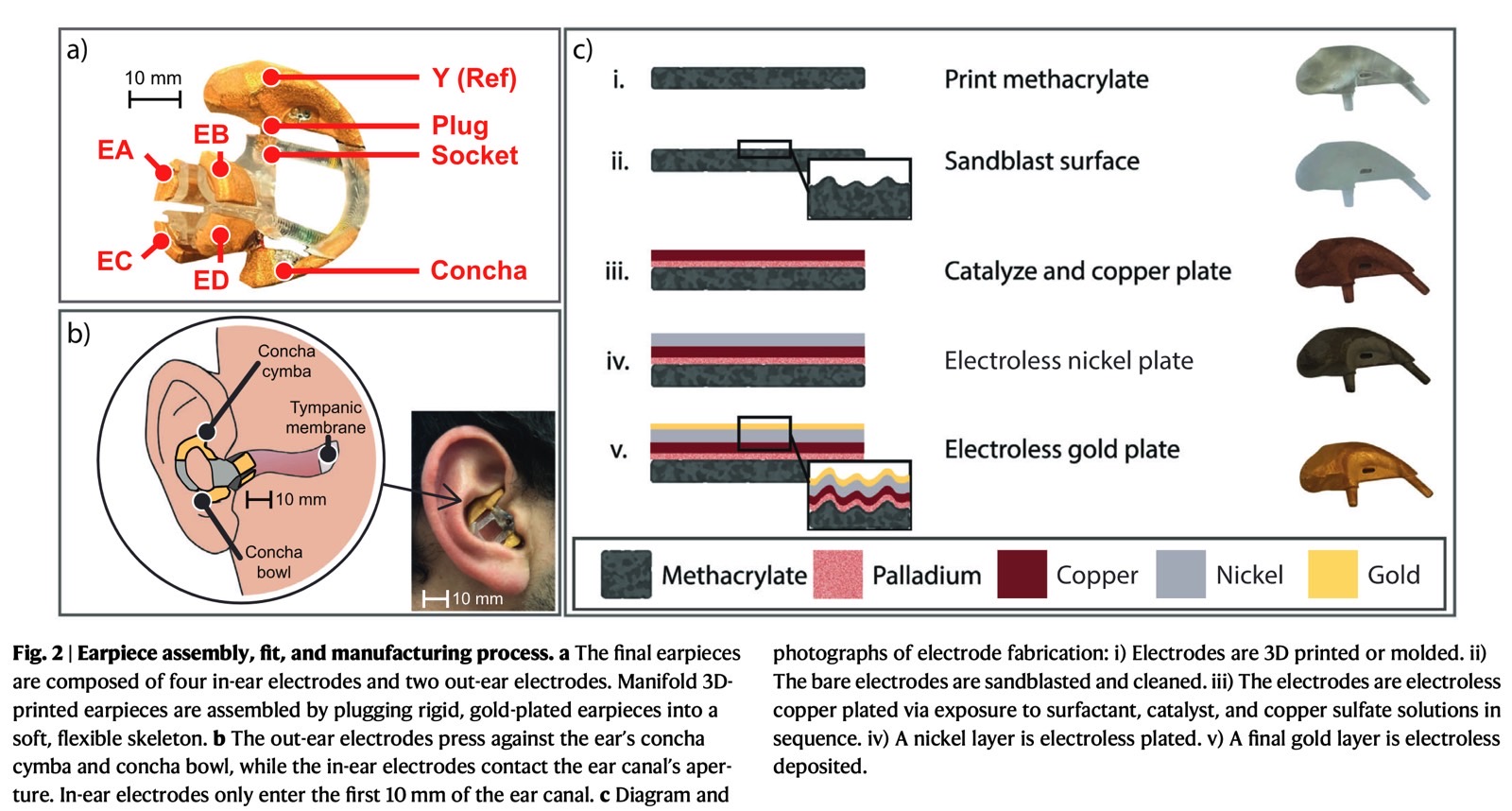These Earbuds Can Detect If You're About To Fall Asleep While Driving
Your AirPods might sound great, but what if they could offer advanced health features someday that would allow them to detect when a person is about to fall asleep at the wheel and warn them? Such functionality could save lives not just on the road but also in industries where drowsiness might impact the operation of heavy machinery and cause work accidents.
No, Apple isn't developing such wearables, not that we know of. However, researchers from the University of California, Berkeley, have developed earbuds that can perform EEGs and detect the brain waves associated with drowsiness. Algorithms could interpret the data and then warn drivers that they're about to fall asleep. This could save lives by reducing accident risks associated with drowsy driving.
According to Headphonesty, studies show that drowsy driving is responsible for over 300,000 crashes annually in the US. That translates to some 100,000 injuries and 6,400 deaths each year.
In a 2020 paper, the Berkeley researchers showed that earbuds featuring electrodes that come in contact with the skin can detect various physiological signals: eye blinks, alpha brain waves, and the auditory steady-state response, which is the brain's response to hearing a steady pitch.
"I was inspired when I bought my first pair of Apple's AirPods in 2017. I immediately thought, 'What an amazing platform for neural recording,'" study senior author Rikky Muller said in a statement. "We believe that this technology has many potential uses, and that classifying drowsiness is a good indicator that the technology can be used to classify sleep and even diagnose sleep disorders."
For the new study, they improved the design of the EEG earbuds so they can fit all sorts of ears and ear canals without requiring complex customization or the use of gels. They also employed machine learning to read brain signals.
Specifically, the earbuds captured alpha waves, a pattern of brain activity that increases when you're drowsy. That is when you close your eyes and start to fall asleep.

The enrolled nine subjects in the test, put them in a dark room, and told them to perform a series of boring tasks while wearing the earbuds. The tasks and environment were meant to induce drowsiness. The researchers measured their response times. Also, the volunteers would rate their level of drowsiness.
The researchers discovered that their EEG earbuds could accurately detect drowsiness, similar to more complex EEG systems. The earbuds were 93.2% accurate when checking users they'd seen before. More impressively, they were 93.3% accurate at detecting drowsiness in new users. That means the system would work with people who have not been part of the study or observed before.
The benefit of this invention is immediately obvious. These earbuds could save lives if used in settings that involve drowsy driving or operating heavy machinery while drowsy.
But this is just a concept for now. These earbuds have only one purpose: detecting brain waves indicative of drowsiness. They do not play music or let you answer calls. It would be amazing if future AirPods and AirPods rivals could incorporate such drowsiness detection tech. Wireless earphones could save lives in addition to providing entertainment.
Then again, the EEG earbuds could be compelling products even without music playback abilities for anyone driving a lot for a living. They could also appeal to people operating heavy machinery for long hours. A system that can prevent you from falling asleep at the wheel is more important than listening to music with earphones.
But the researchers still have a long way to go. They have to ensure that such earbuds easily fit in any ear type. They also have to figure out ways to ensure that the earbuds offer a long-lasting battery. You wouldn't want to take them off mid-drive to recharge them.
The Berkeley team is continuing to refine the design. They're also looking at other health monitoring applications, like recording heart rate, eye movements, and jaw clenches. "Wireless earbuds are something we already wear all the time," Muller said. "That's what makes Ear EEG such a compelling approach to wearables. It doesn't require anything extra."
The full study is available in Nature Communications.
